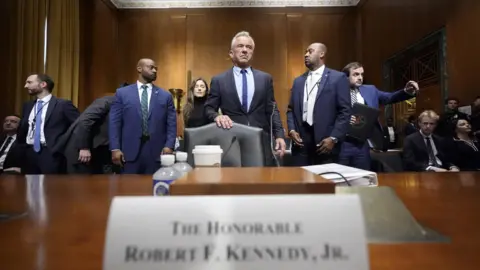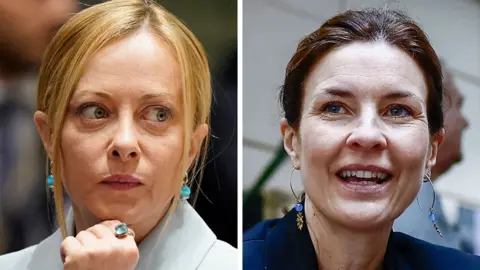In early December, the National Gallery of Modern and Contemporary Art in Rome was abuzz with anticipation for the opening of "The Time of Futurism," a long-awaited exhibition focused on one of Italy’s most significant artistic movements. Futurism emerged in the early 20th century as a bold departure from tradition, characterized by its celebration of speed, technology, and modernity. However, these same attributes are often overshadowed by the movement's nationalistic fervor and its association with the fascist era under Mussolini.
Despite the event's prominence, a notable absence was felt in the crowd—scholars and critics who had dedicated substantial effort to curate the exhibition. Earlier this year, they were dismissed by officials from Italy's Ministry of Culture, who subsequently instituted their own committee comprised of an architect, an archaeologist, and a Medieval art expert. This decision has raised eyebrows, leading to suspicions that the new team aimed to craft a narrative that aligns with nationalist sentiments.
Massimo Duranti, one of the removed scholars, expressed his dismay: “I was told, ‘arrivederci’ — you never existed.” He believes the current exhibition leans towards vindicating Futurism during the Mussolini regime rather than offering an honest exploration of the art form. Conversely, Massimo Osanna, the director of Italia’s state museums, defended the government's approach, clarifying that the changes to the organizing committee were not ideologically driven. He stated that the new panel endeavored to explore Futurism from various perspectives, emphasizing the era's historical richness.
This exhibition's high profile was bolstered by former culture minister Gennaro Sangiuliano, who aspired to spotlight Futurism before stepping down amid a personal scandal. Sangiuliano, having ties to right-wing politics and appointed by Prime Minister Giorgia Meloni, remains emblematic of the ongoing debate over the influence of political ideologies on Italy's cultural portrayal. The upcoming months will likely see continued discussions surrounding this controversial portrayal of a pivotal artistic movement, as artistic integrity clashes with political narratives.


















